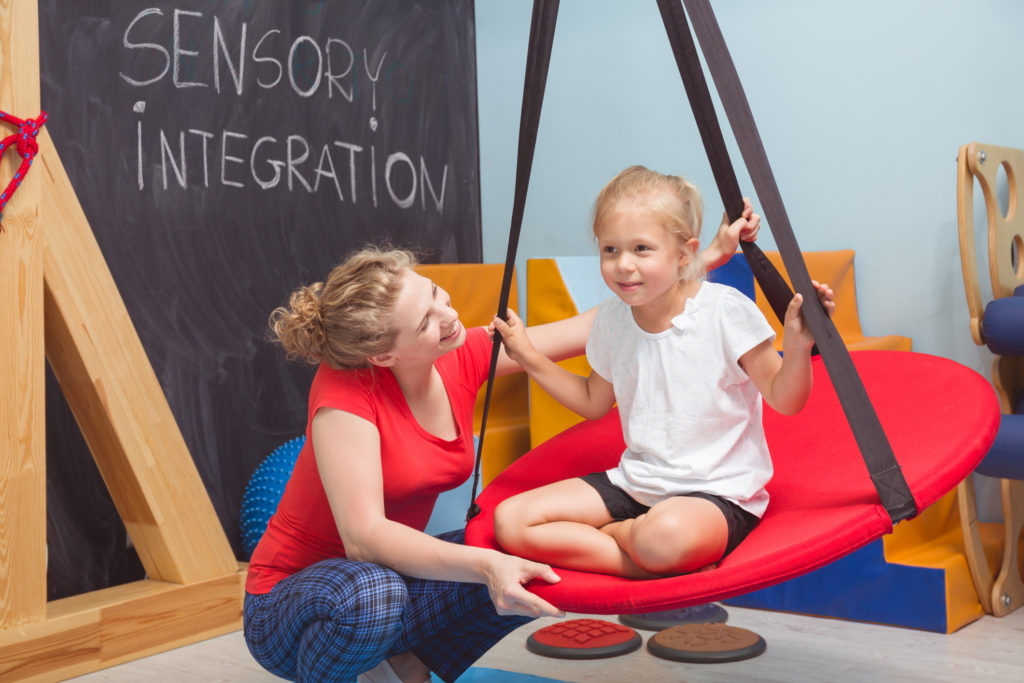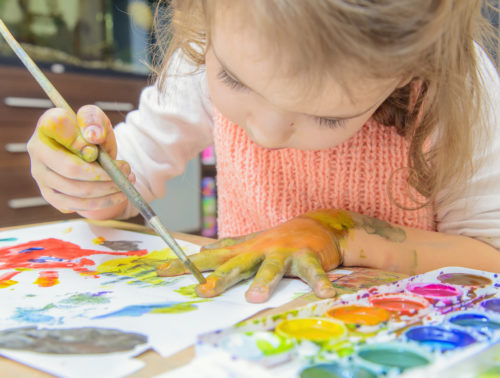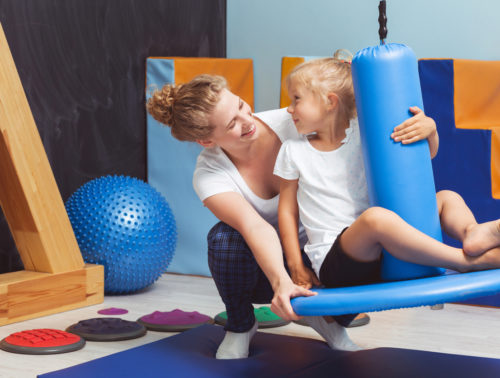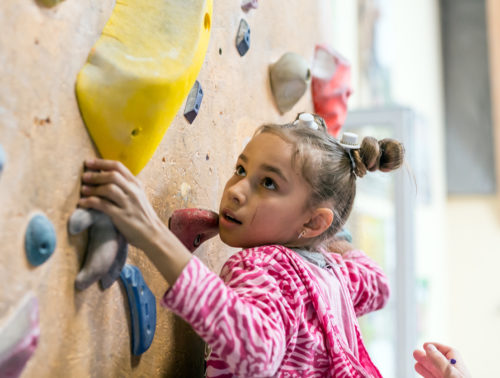What is Occupational Therapy?
Occupational Therapy (OT) helps people achieve independence in all areas of their lives. People might think that OT is only for adults; children, after all, do not have “occupations”. The job of a child is to play and learn and it takes hard work! Some children have difficulties participating in daily tasks such as getting dressed, feeding themselves, school performance, motor and leisure activities, and/or making friends. Occupational Therapy addresses all of these areas.
Children find play motivating and meaningful, and we help them master skills and acquire new ones during play in order to transfer these skills into other places and with other people. In turn, children enhance their understanding of what’s around them and move forward towards their potential.
Our treatment is child directed, therapist guided and play based. We utilize specific activities to incorporate vision, hearing, touch, taste, smell, movement and balance to help your child find his/her optimal level of arousal. Once achieved, he/she is able to focus and acquire skills needed to sit and listen to the school teacher, make friends, keep up with peers on the playground, participate in mealtime, and so on.
Is your child having any of the following difficulties? We’re here to help!!
- Over/under emotional responses, difficulty regulating self
- Seeks excessive movement or force while playing (bangs, stomps)
- Avoids playground equipment/fearful of movement
- Bumps into furniture or people, appears clumsy/poorly coordinated
- Unexpected changes in routine
- Overly sensitive to touch, taste, sounds, odors or a picky eater
- Feeding skills (textures, over sensitivity, limited repertoire)
- Visual perceptual skills
- Making friends or acting socially appropriate
- Attention/easily distracted by environment
- Fine motor skills cutting, coloring or writing activities
- Gross motor skills such as bike riding, climbing, jumping, or running
- Tires easily with play, poor muscle tone
- Self-help skills such as dressing, bathing, utensil use
- Tolerating hair brushing/cutting, nail trimming, teeth brushing/going to the dentist
- Sleep
- Coming up with an idea for play and coordinating your body to execute the plan (praxis)
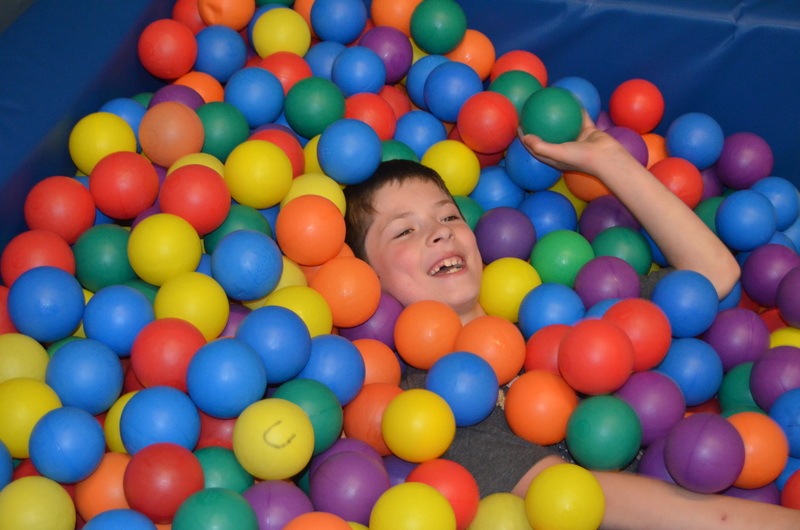
What is Sensory Processing?
Throughout every moment of every day our body soaks up information from our senses – vision, hearing, touch, taste and smell along with our sense of body position or how our body relates to space and other body parts (proprioception) and our sense of movement (vestibular). Our brain receives these messages from our senses, interprets them, organizes them and then tells our body how to react. Sensory integration is constantly occurring and is automatic for most of us. Getting dressed, for example, is a thoughtless process for many of us, and yet has numerous steps involved.
Because some children misinterpret sensory information, they do not react as their peers may to the same situation. Sometimes parents describe their it as “my child has no control over his body” or that she “stays stuck”. It presents itself through physical (from playing kickball on the playground to cutting on a straight line with scissors), social-emotional (making a friend or playing a game with a group of others), academic (can’t finish the test because too distracted or unable to maintain attention) and behavioral (gets recess taken away because he keeps bumping into another child during class.) Some of these children are labeled “uncooperative” or “difficult”.
The sensory system plays a vital role in development and skill acquisition so we’ve designed our clinic to house suspended equipment and therapeutic tools to create a sensory rich environment that allows us to address your child’s sensory needs. Our OTs are highly qualified therapists who specialize in sensory integration theory and treatment.
